Every little corner of Puglia gives the chance to marvel: from the ancient tuff cathedrals (the one in Trani inspired the labyrinthine works of Maurits Cornelis Escher) to the olive groves that stretch over Martian red earth landscapes. Puglia is also one of the Italian regions that deeply transformed its relationship with tourism in the last two decades, attracting more and more holidaymakers. This year, thanks to the pandemic, there will be the opportunity for many Italians - and not only - to (re)discover it.
Now that, from Salento to the green and wild Gargano, every bend of its coast has been covered, we propose a series of hints to contaminate your itinerary with architecture, art, and design.
Taranto, the Co-cathedral of Gio Ponti
Gio Ponti drew up the project for the Grand Mother of God Cathedral between 1964 and 1967 for Archbishop Guglielmo Motolese. Completed in 1970, the structure was then published in Domus 497, April 1971: photographs and drawings of the project are accompanied by the words of Luigi Moretti. “In this church by Gio Ponti, I believe that the key is entirely focused in the high and great fastigium that dominates everything, in the great ‘sail’ that rises to the sky. The rhythmic beat of the scores in height and the horizontal repetition, with minimal variations in the composition groups, dilate the sail far beyond its physical dimensions. It is an unreal arborescence that, exclusively, dominates the building”, wrote the Roman architect. In this synecdoche of the sail, however, we would not want you to miss what lies beneath it: from the interior of the church to the refinement in the design of the liturgical furnishings.
Edoardo Tresoldi in Manfredonia
The imaginative reconstruction of this early Christian basilica is among the works that have contributed to the emergence of Edoardo Tresoldi's work as a new hybrid between architecture and art. Tresoldi, born in 1987, completed this intervention of light wire mesh for the archaeological park of Santa Maria di Siponto in 2016: shortly afterwards, Tresoldi will work in Abu Dhabi, Barcelona and Coachella.
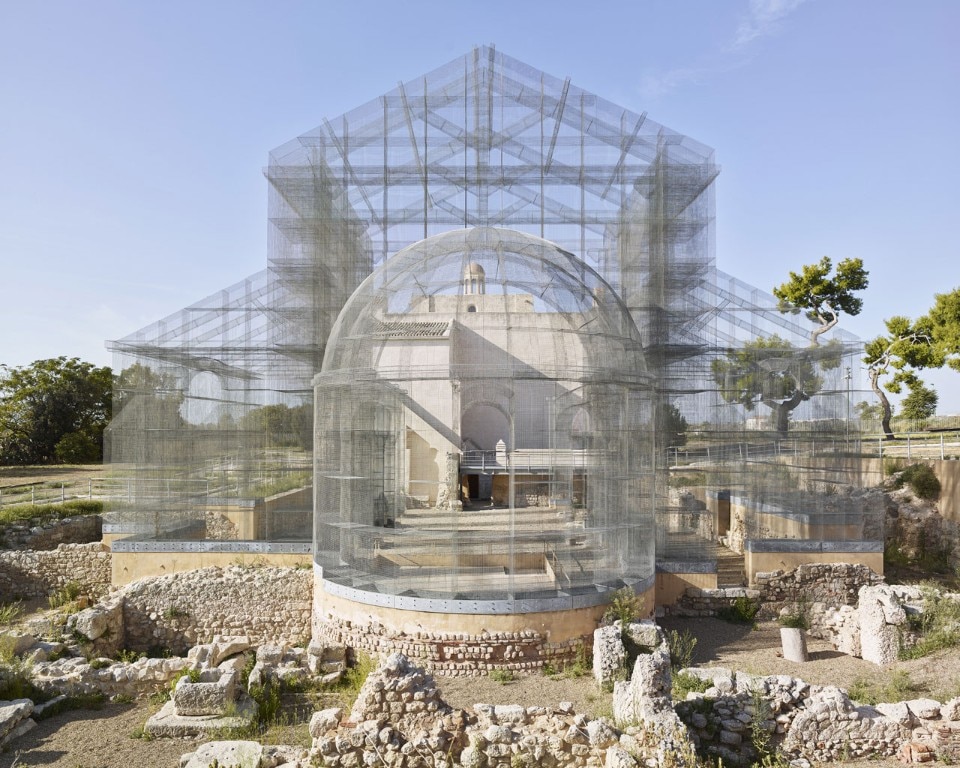
Vincent City, ceramic folly in Guagnano
In the heart of Salento, in the small town of Guagnano, the Taranto artist Orodè Deoro (1974) moved in 2000. In the house of the artist Vincent Maria Brunetti, born here, he created 20 eclectic and colorful works that make up the collection of the permanent exhibition. In Vincent City, the mosaics of this house-museum are about to turn twenty years old.
Marcello D’Olivo on the Gargano promontory
An impressive project is that of a ‘city for holidays’ in Manacore, which speaks the language of the Modern. Designed by Marcello D’Olivo this settlement was to occupy 400 hectares between Peschici and Vieste, and accommodate up to 20,000 people. Presented on Domus 412 in March 1964, the Friulian architect’s project was only partially realized: among the completed buildings stands out the Hotel Gusmay, still active as an accommodation facility.
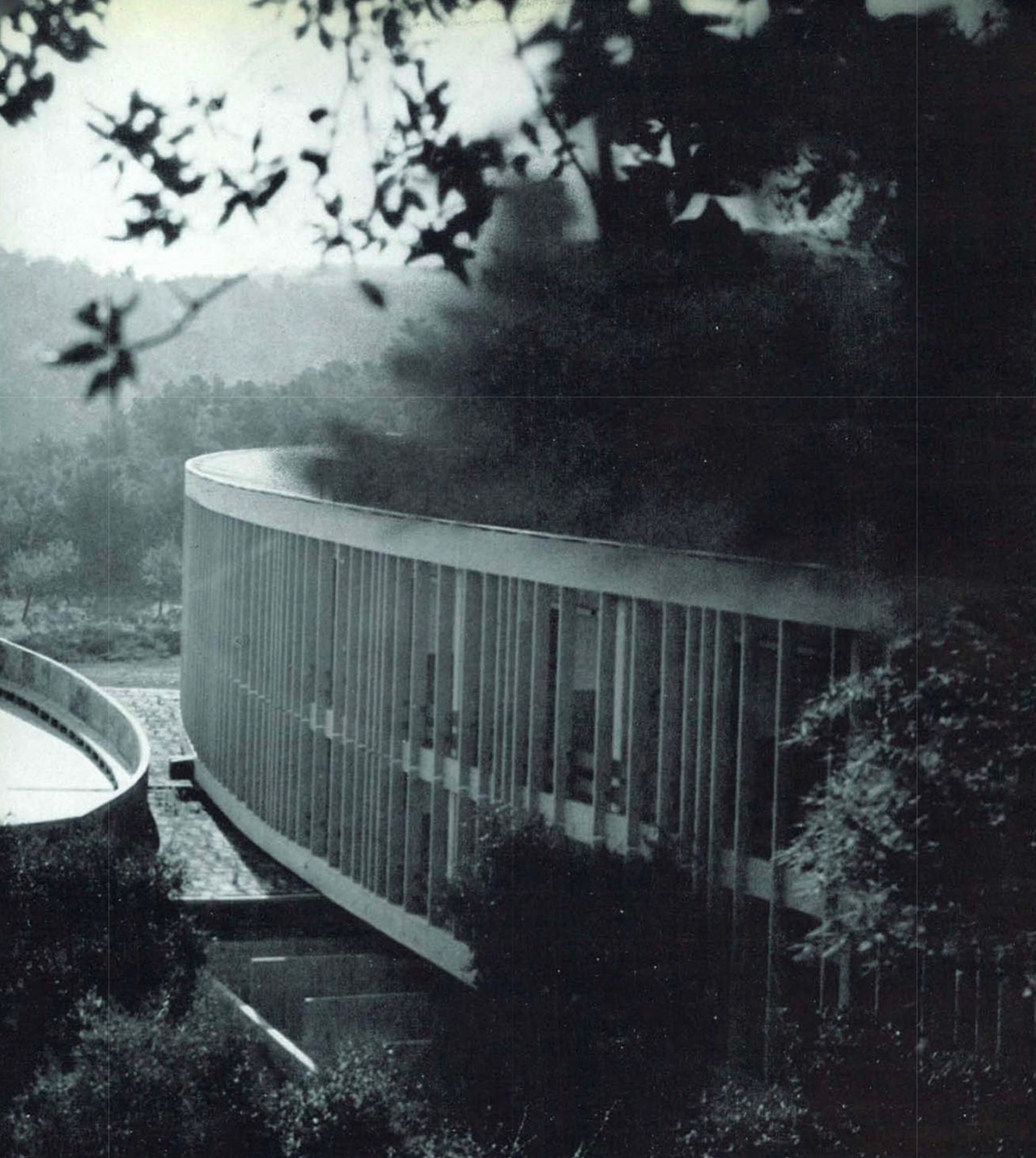
 View gallery
View gallery

A holiday city in Manacore: the Apulian project of Marcello D’Olivo
Marcello D'Olivo, Gusmay hotel, Manacore, Italy, 1959-1963. Photo © Casali-Domus
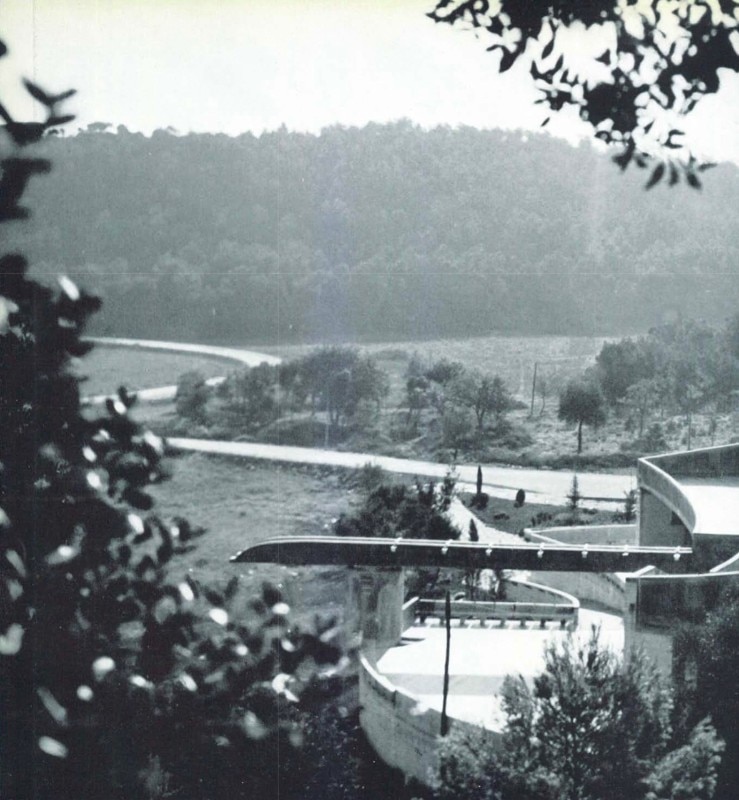
A holiday city in Manacore: the Apulian project of Marcello D’Olivo
Marcello D'Olivo, Gusmay hotel, Manacore, Italy, 1959-1963. Photo © Casali-Domus
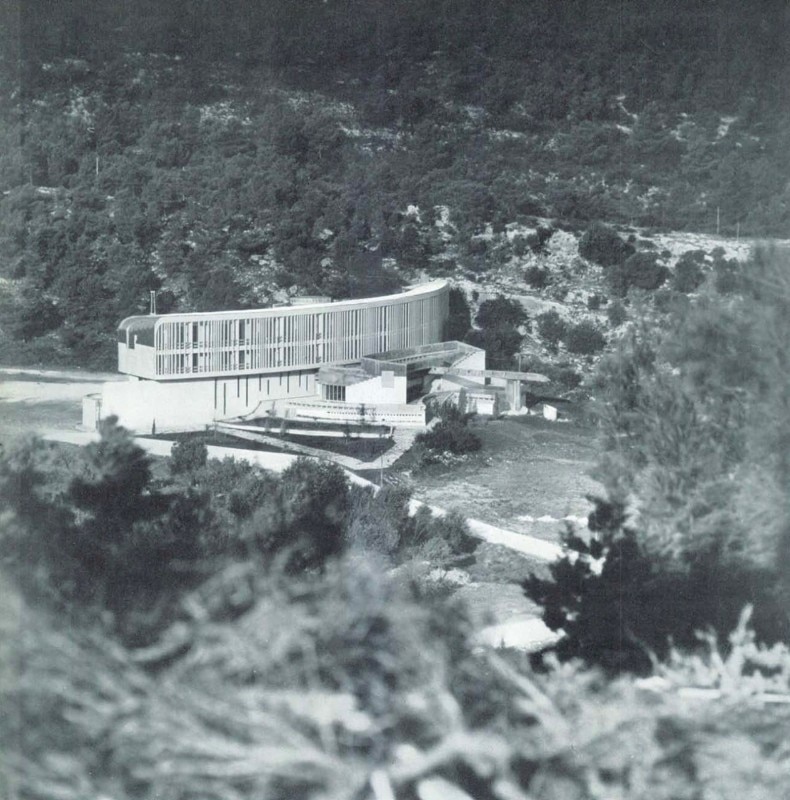
A holiday city in Manacore: the Apulian project of Marcello D’Olivo
Marcello D'Olivo, Gusmay hotel, Manacore, Italy, 1959-1963. Photo © Casali-Domus
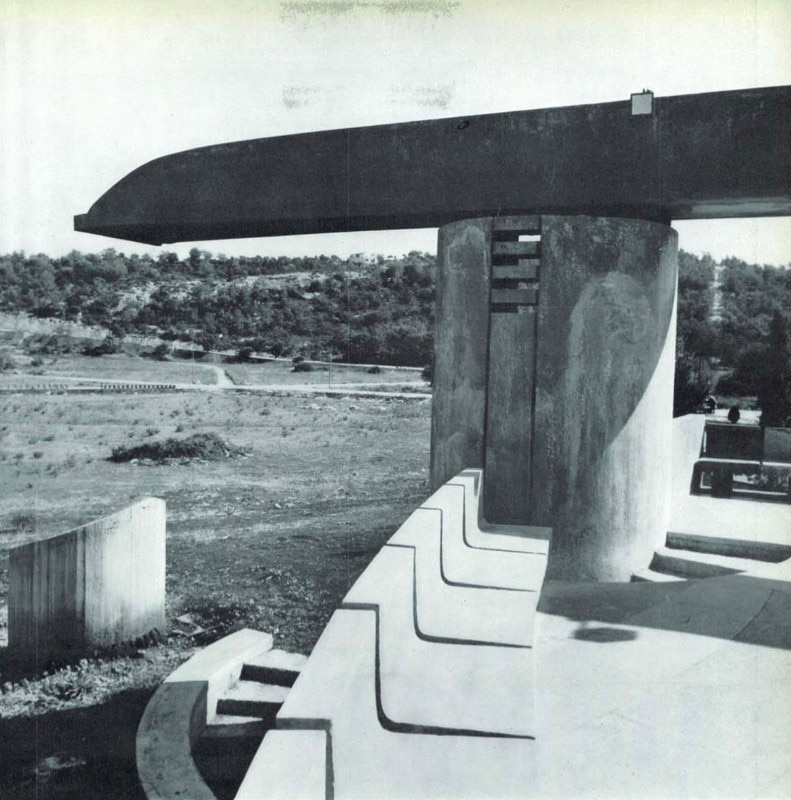
A holiday city in Manacore: the Apulian project of Marcello D’Olivo
Marcello D'Olivo, Gusmay hotel, Manacore, Italy, 1959-1963. Photo © Casali-Domus
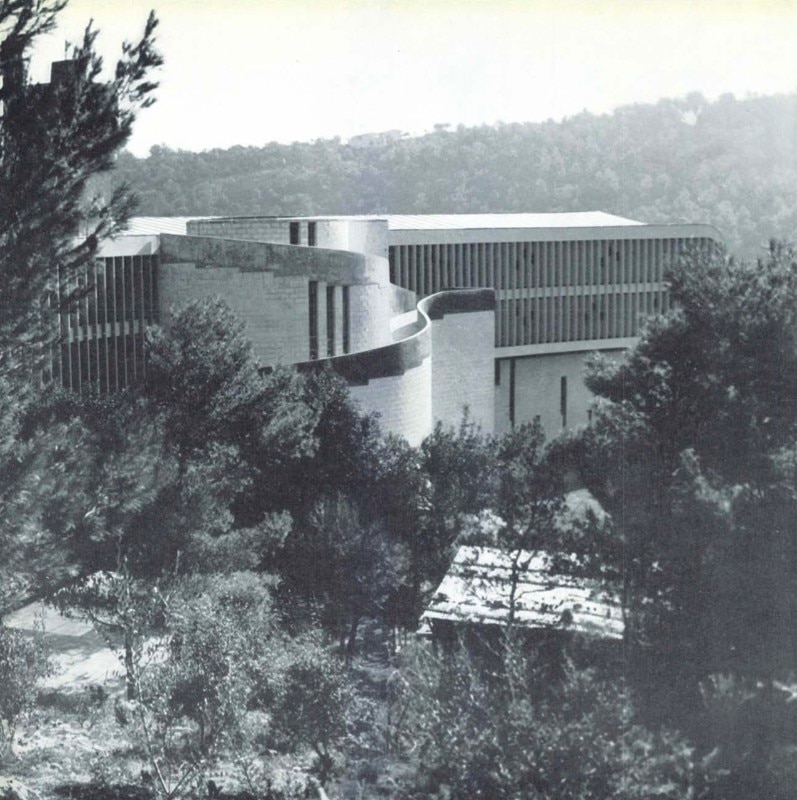
A holiday city in Manacore: the Apulian project of Marcello D’Olivo
Marcello D'Olivo, Gusmay hotel, Manacore, Italy, 1959-1963. Photo © Casali-Domus

A holiday city in Manacore: the Apulian project of Marcello D’Olivo
Marcello D'Olivo, Gusmay hotel, Manacore, Italy, 1959-1963. Photo © Casali-Domus
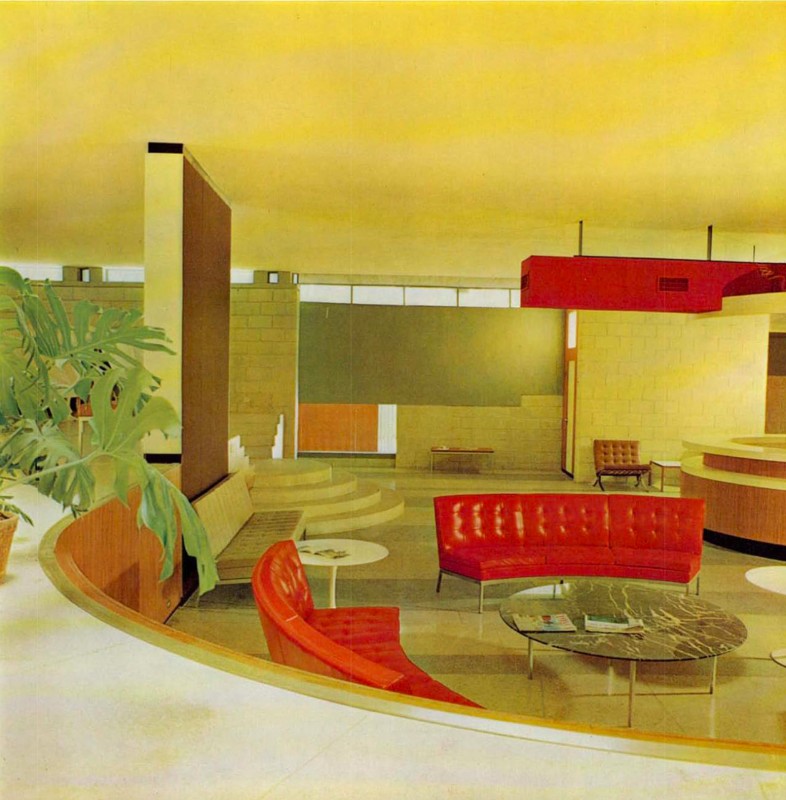
A holiday city in Manacore: the Apulian project of Marcello D’Olivo
Marcello D'Olivo, Gusmay hotel, Manacore, Italy, 1959-1963. Photo © Casali-Domus
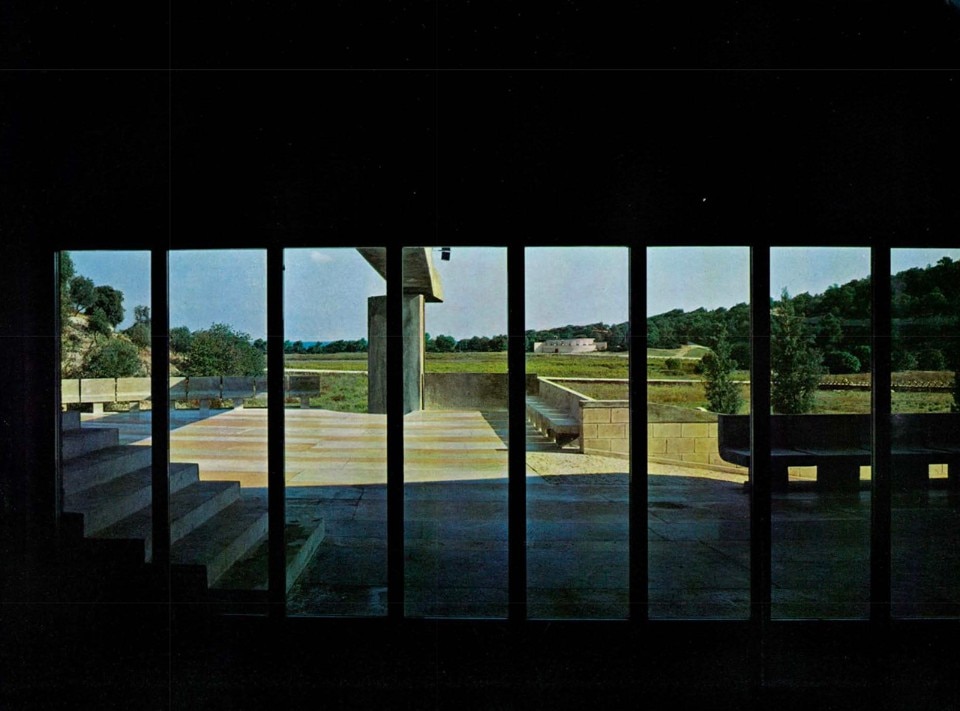
A holiday city in Manacore: the Apulian project of Marcello D’Olivo
Marcello D'Olivo, Gusmay hotel, Manacore, Italy, 1959-1963. Photo © Casali-Domus
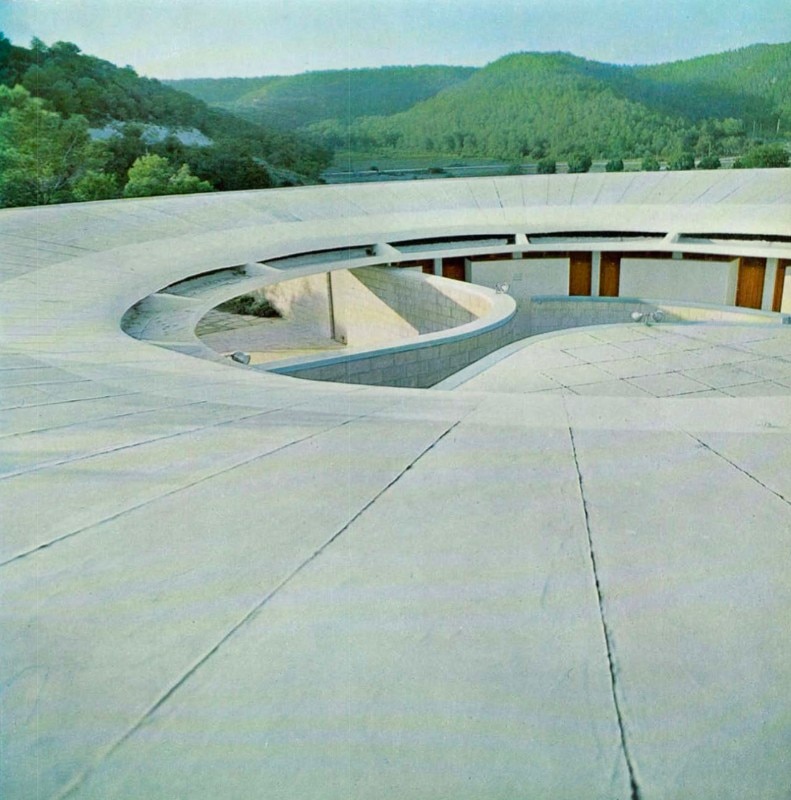
A holiday city in Manacore: the Apulian project of Marcello D’Olivo
Marcello D'Olivo, "Pronto ristoro", Manacore, Italy, 1959-1962. Photo © Casali-Domus
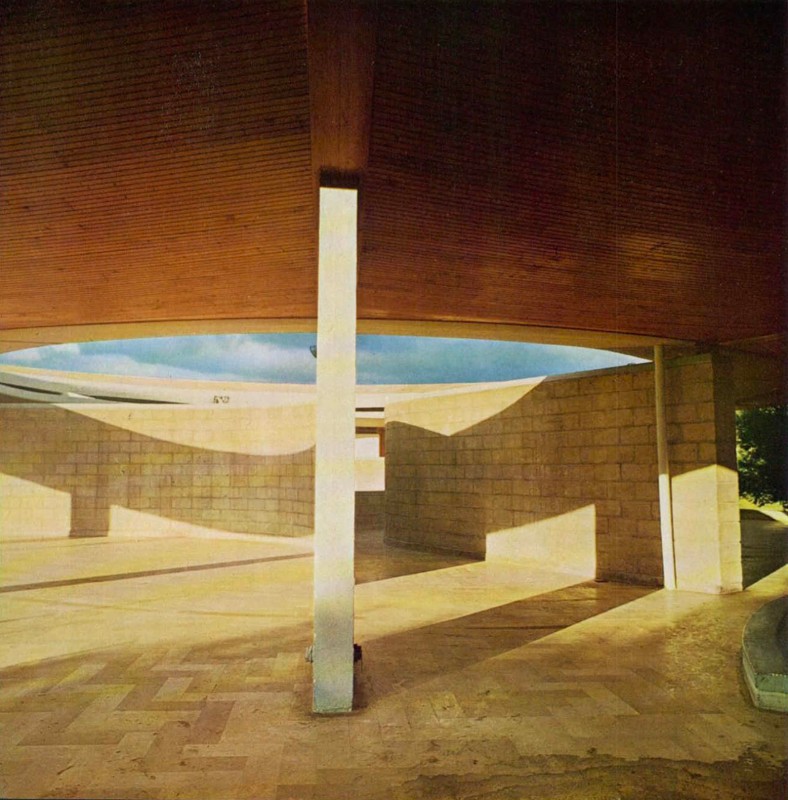
A holiday city in Manacore: the Apulian project of Marcello D’Olivo
Marcello D'Olivo, "Pronto ristoro", Manacore, Italy, 1959-1962. Photo © Casali-Domus
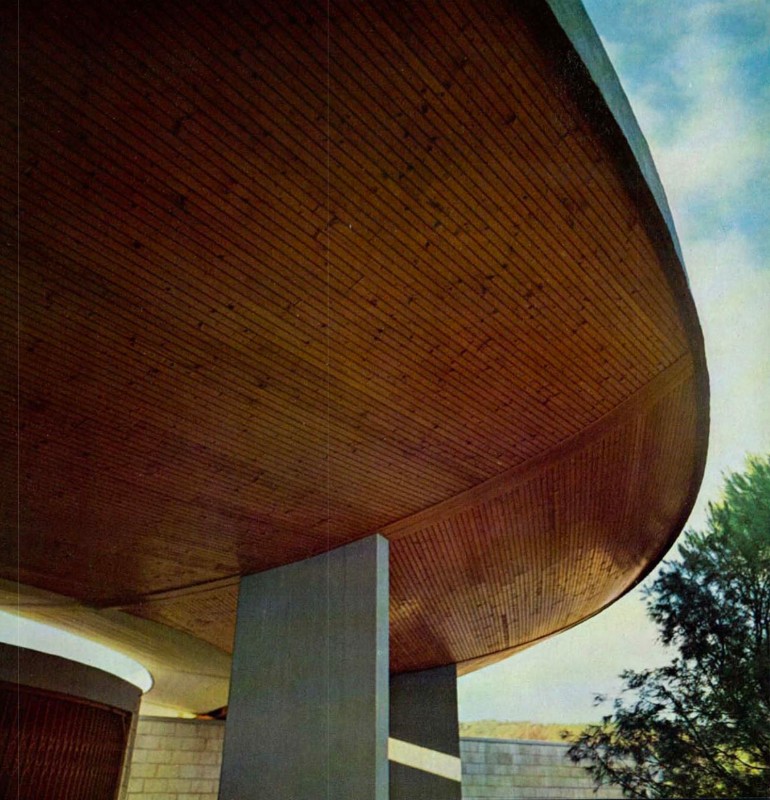
A holiday city in Manacore: the Apulian project of Marcello D’Olivo
Marcello D'Olivo, "Pronto ristoro", Manacore, Italy, 1959-1962. Photo © Casali-Domus

A holiday city in Manacore: the Apulian project of Marcello D’Olivo
Marcello D'Olivo, Gusmay hotel, Manacore, Italy, 1959-1963. Photo © Casali-Domus

A holiday city in Manacore: the Apulian project of Marcello D’Olivo
Marcello D'Olivo, Gusmay hotel, Manacore, Italy, 1959-1963. Photo © Casali-Domus

A holiday city in Manacore: the Apulian project of Marcello D’Olivo
Marcello D'Olivo, Gusmay hotel, Manacore, Italy, 1959-1963. Photo © Casali-Domus

A holiday city in Manacore: the Apulian project of Marcello D’Olivo
Marcello D'Olivo, Gusmay hotel, Manacore, Italy, 1959-1963. Photo © Casali-Domus

A holiday city in Manacore: the Apulian project of Marcello D’Olivo
Marcello D'Olivo, Gusmay hotel, Manacore, Italy, 1959-1963. Photo © Casali-Domus

A holiday city in Manacore: the Apulian project of Marcello D’Olivo
Marcello D'Olivo, Gusmay hotel, Manacore, Italy, 1959-1963. Photo © Casali-Domus

A holiday city in Manacore: the Apulian project of Marcello D’Olivo
Marcello D'Olivo, Gusmay hotel, Manacore, Italy, 1959-1963. Photo © Casali-Domus

A holiday city in Manacore: the Apulian project of Marcello D’Olivo
Marcello D'Olivo, Gusmay hotel, Manacore, Italy, 1959-1963. Photo © Casali-Domus

A holiday city in Manacore: the Apulian project of Marcello D’Olivo
Marcello D'Olivo, "Pronto ristoro", Manacore, Italy, 1959-1962. Photo © Casali-Domus

A holiday city in Manacore: the Apulian project of Marcello D’Olivo
Marcello D'Olivo, "Pronto ristoro", Manacore, Italy, 1959-1962. Photo © Casali-Domus

A holiday city in Manacore: the Apulian project of Marcello D’Olivo
Marcello D'Olivo, "Pronto ristoro", Manacore, Italy, 1959-1962. Photo © Casali-Domus
Dante Bini in Torre Cintola
This resort in the province of Bari overlooks the Adriatic sea: it is a complex of domes with a futuristic appeal, built in the 1970s using inflatables. The Emilian architect Dante Bini, inventor of this building system called Binishells, created La Cupola, the summer residence of Michelangelo Antonioni and Monica Vitti in Costa Paradiso, Sardinia, using the same technique.
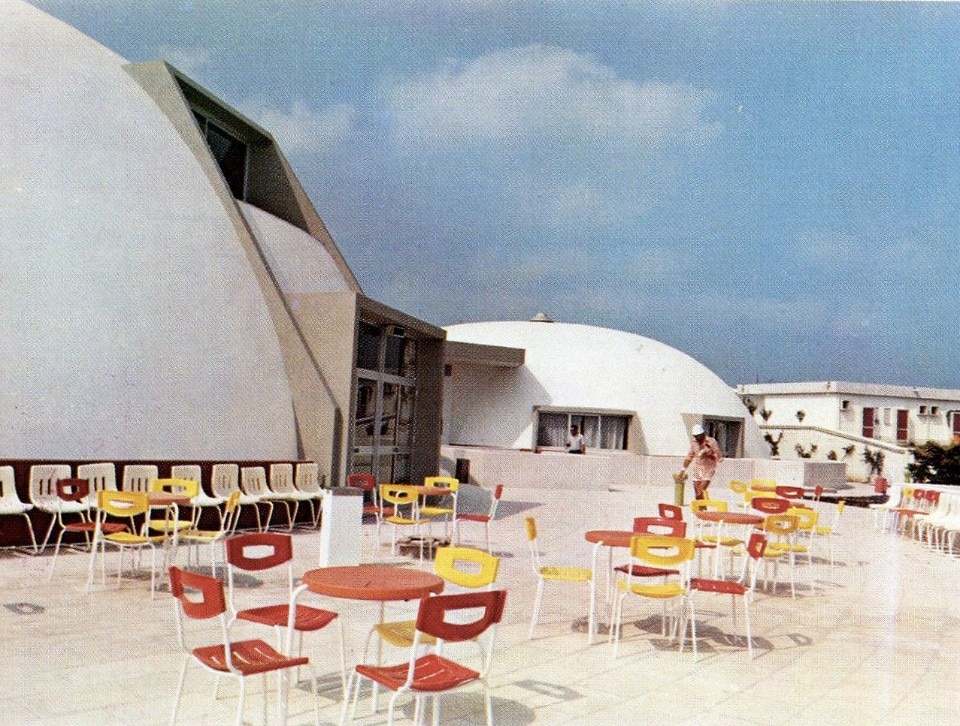
Pescetrullo in Carovigno
"The house is perhaps the portrait of the Venetian couple who commissioned this project and wants to remember their likenesses" writes Gaetano Pesce about his Pescetrullo, a project published in Domus 916, July 2008, created for Caterina Tognon, a Venetian gallery owner. The four buildings stand among centuries-old olive trees and rest on concrete foundations. The structure is made of wood and colored polyurethane has been foamed on it, which gives an irregular shape to the buildings and makes them energetically passive. A research, however, that is first of all expressive, towards an architecture on the borderline with "serene, pluralist and able to tell the places and their cultures".
Masseria Moroseta in Ostuni
The project by Andrew Trotter consists in the renovation of a tradizional farmhouse near Ostuni, converting it into an accommodation facility. Simplicity and harmony with the context make this architecture modern, but without affecting the original structure, made of white tuff vaulted ceilings and low arches.

 View gallery
View gallery
Opening image: Edoardo Tresoldi, Santa Maria di Siponto, Manfredonia, 2016. Photo Roberto Conte























